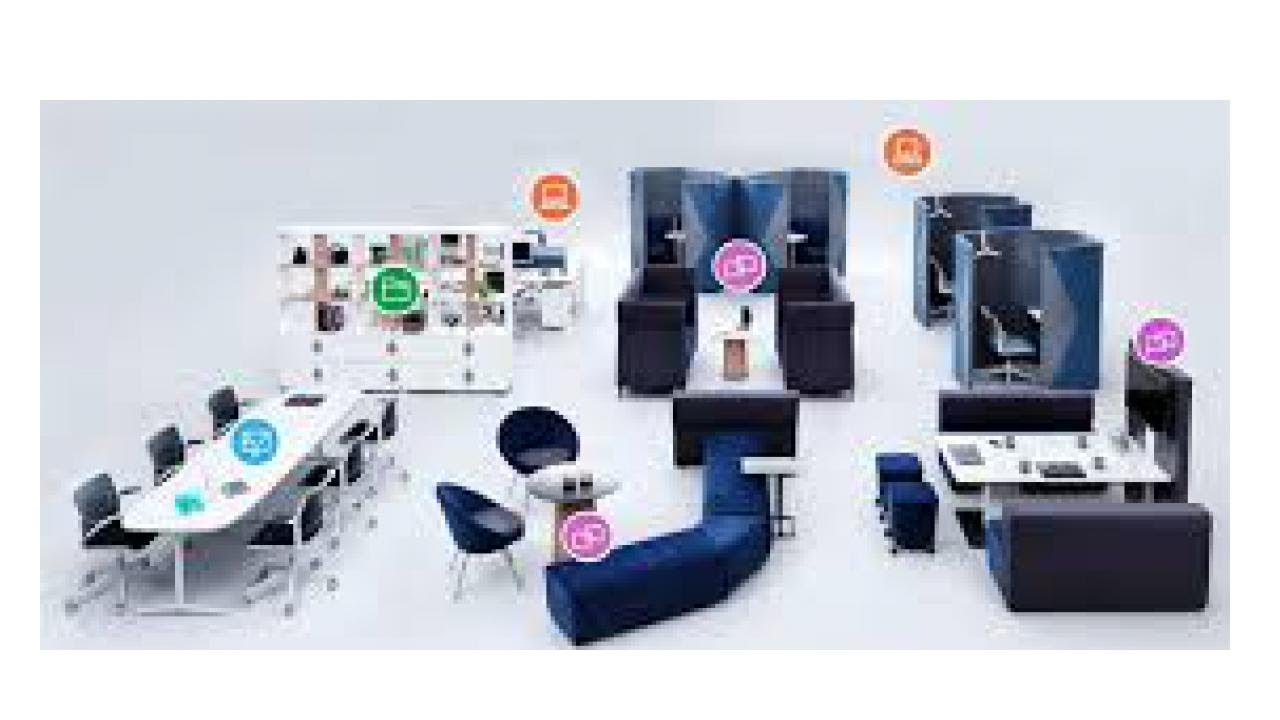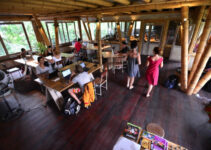’Agile and collaborative’: how to create a productive workplace Figures from a 2017 report from workplace specialists Leesman suggest that only 57% of staff worldwide believe their workplace fosters productivity. But what do we mean when we talk about productivity, and how should we measure it?. “A productive workplace is one that is efficient, agile and collaborative,” says Jon Wrennall, CTO at software company Advanced. “In today’s business landscape, which includes Brexit and the General Data Protection Regulation, SMEs need new ways to boost productivity across all departments and demonstrate effectiveness. Technology critically underpins this evolution.”. Time and overheads are obvious ways to measure productivity. Wrennall says that at one of Advanced’s clients, Clifton St Annes care home in Yorkshire, “a mobile care management solution saved carers nearly one hour each per shift,” while Clerksroom barristers chambers was able to save 200 hours per month by using an AI-based robot.” Wrennall believes technology helps SMEs achieve more with less budget, so they should frequently review their return on investment.
What’s paramount in all of this, Wrennall says, is employee satisfaction. “People are the drivers in any successful business,” he says. “And, if they are not satisfied with the tools they are given by SME decision-makers, they will be less productive and less enthusiastic.”. James Wallman is a futurist and the author of the new Future Gazers report for Yell Business, which looks at the future of business. He says: “It’s important to understand that the current work day was set up to squeeze as much as possible out of workers when they performed routine tasks in factories and offices (albeit in a humane way: previously, 100-hour weeks had not been uncommon).”.
Wallman thinks that in the future, as routine tasks are increasingly performed by machines and humans “climb the value chain”, the four-hour working day will produce greater productivity and creativity. “By the early 2040s,” he says, “most businesses will be working far shorter hours.”. Tim Antos, founder of sleep-assisting-headphones startup Kokoon, says: “For me, hours spent at a computer tapping away isn’t ‘productive’. Productivity is having the freedom away from these tasks, to devise solutions to problems and to innovate.”. In fact, it’s this need that ties in with Kokoon’s mission, to get everyone to get enough sleep: “This is so essential, and shorter working hours will enable that to happen.
It will have a huge knock-on effect on productivity,” Antos says. “It has been widely shown that the current 9 to 5 isn’t a productive working model. Just because you’re at a desk for that long, it doesn’t mean it’s all of value – to the employee or the business.”. Mike Davis, head of SME at AXA PPP Healthcare, agrees that being productive isn’t just about being present. “In terms of measuring productivity, every business is different and people go into business for very different reasons, so there is no ‘one size fits all’ approach,” he says. “It is often employees’ dedication, commitment and love of what they do that gets results, and the time spent in the office is secondary.”. However, it is crucial, he says, that hard-working individuals are supported: “This may actually involve being pragmatic and demonstrating trust, such as allowing individuals to work from home, leave early for appointments or to attend the school play. More often than not the result is employees that feel happier to give even more back.”.
There are also some print-management tips that can speed up processes. For example, says Hassan Masaud, product manager (ink and laser) at Brother UK, “Scanning to pdf reduces manual steps by automatically converting documents so they are ready to send via email. Duplex printing enables double-sided printing, to avoid wastage, and secure printing enables you to send your documents to print and only collect them when you need them – so you don’t have to wait around or immediately get up and collect.”. Things like scanning to a network folder can save the manual process of drag and drop, and quick shortcuts – such as one-touch scan to email, scan to email and scan to Dropbox – are also a big help. Masaud believes SMEs need to understand the benefits and break old habits to be truly more productive: “SMEs need to understand what the true requirements for the business are and what technology can be employed to optimise the most common tasks,” he says.
“Some people have a tendency to print when they don’t really need to,” says Masaud, but you can at least make that more efficient. First steps might be as simple a moving devices from a central location and placing them around the office for easy access, to help speed up productivity..




